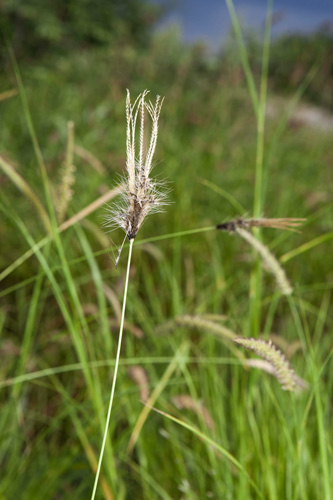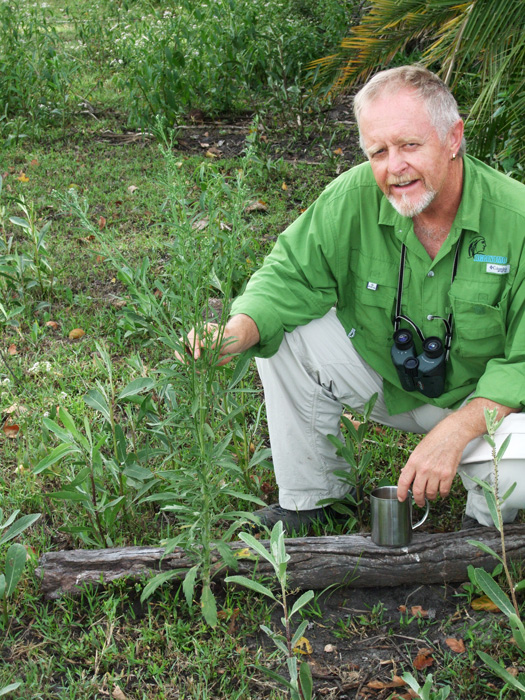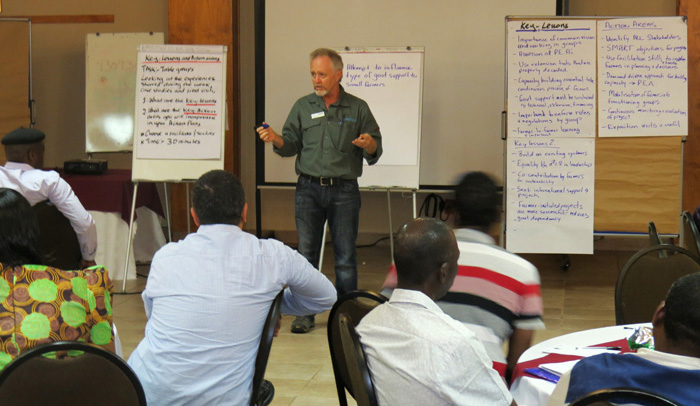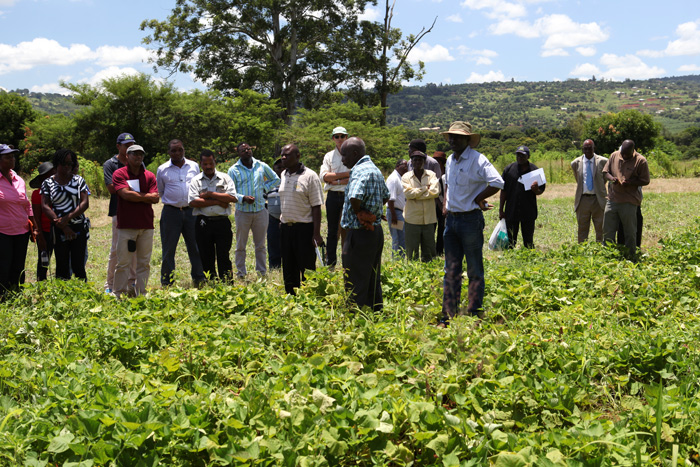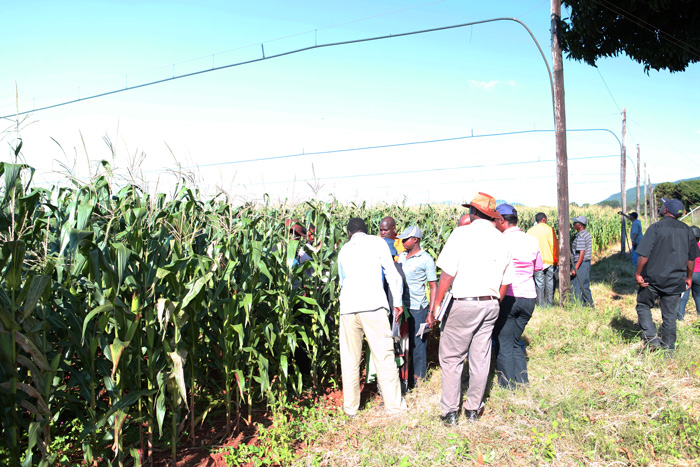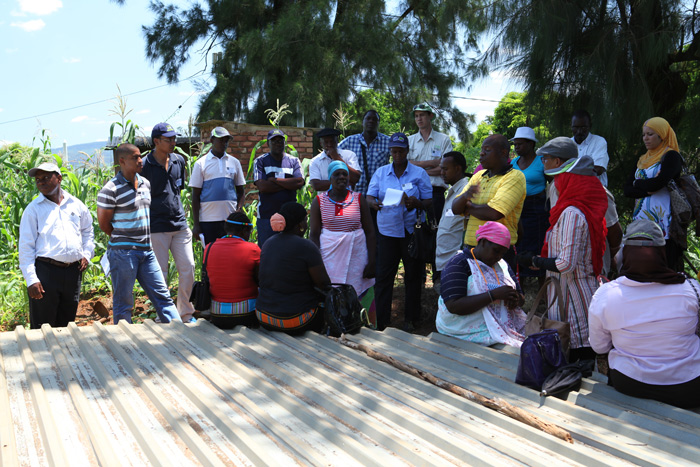There has been a lot of talk and promotion of harvest weed seed management to keep a lid on cropping weed numbers and when done properly it does work. Unfortunately it is human nature to hear the pieces of a message that appeals to us and we don’t give heed to the full story.
The burning of narrow windrows appears to fall into this category. Recently there have been some runaway fires which have damaged fences, stubble cover, dry pastures, remnant native bushland amongst other things. Luckily no one was injured or killed and livestock losses were also low. These incidents lead to difficult relations with neighbours and incur added costs and lost opportunities.
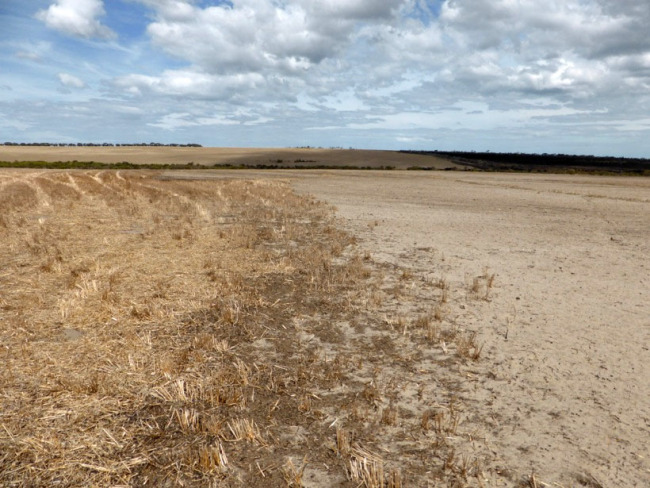 Stubble burnt from escaped burn. Loss of groundcover will create crop establishment problems with possible loss of crop yield.Sally Peltzer from the Department of Agriculture & Food WA has just put out a timely reminder in the latest edition of e-Weed of the do’s and don’ts of successful windrow burning.
Stubble burnt from escaped burn. Loss of groundcover will create crop establishment problems with possible loss of crop yield.Sally Peltzer from the Department of Agriculture & Food WA has just put out a timely reminder in the latest edition of e-Weed of the do’s and don’ts of successful windrow burning.
Using the McArthur Fire Index, or if you are a hipster with an iPhone, the Pocketfire® app, are good places to start to tell you the conditions are suitable to get a good burn that kills weed seeds but can still be contained. Look at three and 10 day weather forecasts to get an idea of likely wind directions and speeds.
Remember basic fire safety. Never light fires alone and without fire fighting gear primed and ready.
Light the rows every 50 to 75 m depending on the conditions. Light into the breeze or have a cross breeze. Don’t light the up wind side and hope for the best.
Normally there is about a 3 hour optimum time every day to burn narrow windrows and aim to have them out by 10 pm. Check again next morning to put out any smouldering patches.
 Burnt dry pasture could mean the need to hand feeding in a dry autumn and winter.
Burnt dry pasture could mean the need to hand feeding in a dry autumn and winter.



